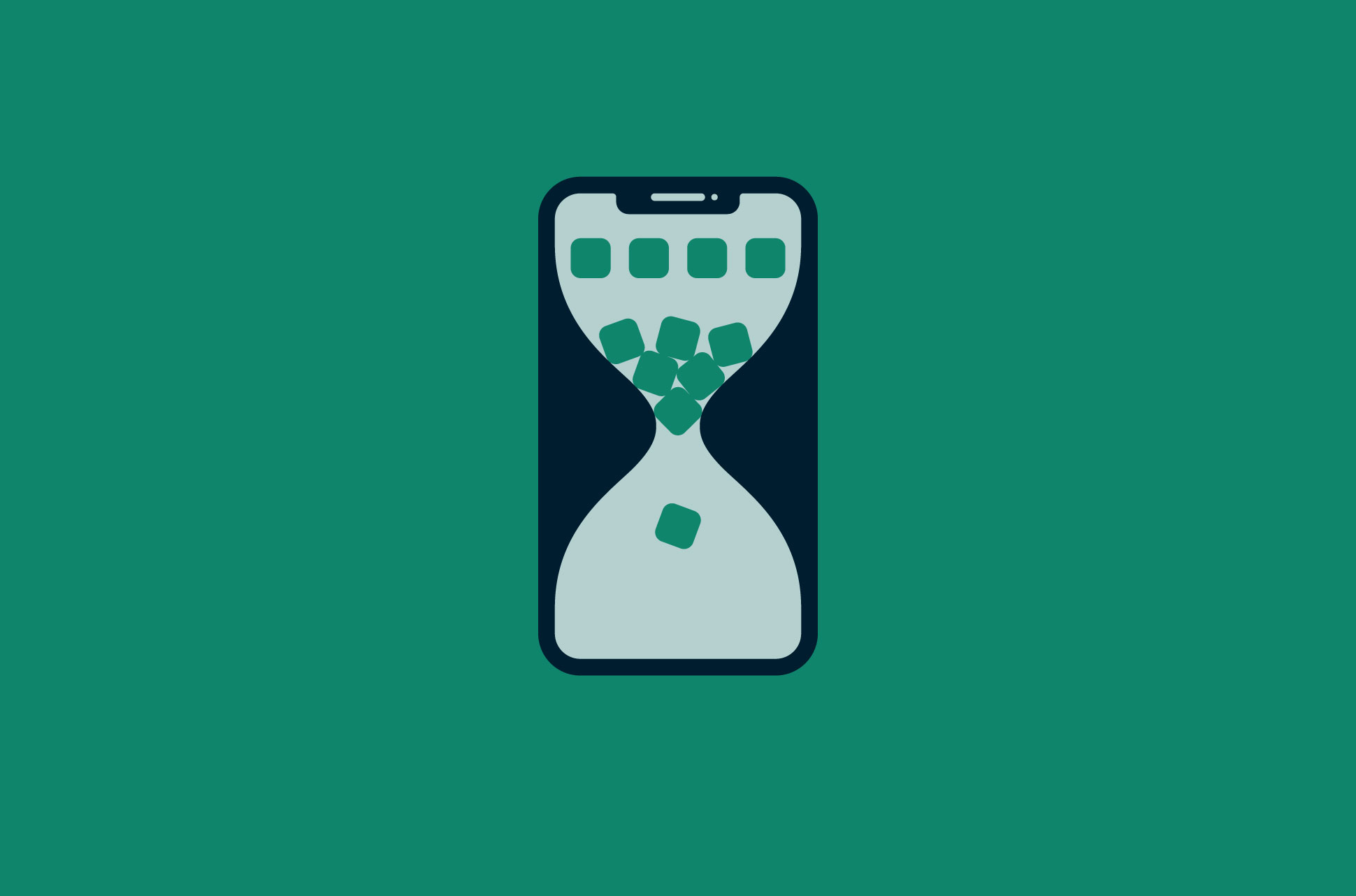In the fast-paced world of a busy work environment, time management is essential for staying productive and on track. One useful tool for managing your time effectively is the use of timers.
Timers can help you stay focused, prioritize tasks, and maintain a sense of urgency to meet deadlines. However, simply setting a timer is not enough to maximize its effectiveness.
In this article, we will explore three best practices for using timers in a busy work environment to help you boost your productivity and efficiency.
1. Prioritize Tasks and Set Time Limits

To maximize efficiency in a busy work environment, it is essential to prioritize tasks and set time limits. By determining the most important and time-sensitive tasks, you can ensure that your workload is manageable and that you are focusing on what truly matters.
Setting specific time limits for each task can help you stay organized and on track, preventing you from becoming overwhelmed or distracted. By breaking down your workday into manageable chunks and allotting time for each task, you can increase productivity and ensure that you are completing your work in a timely manner.
By prioritizing tasks and setting time limits, you can create a structured workflow that allows you to make the most of your time and energy in a busy work environment.
2. Limit Distractions and Stay Focused

In a fast-paced and hectic work environment, it is essential to limit distractions and stay focused in order to maximize productivity. One effective way to achieve this is by using timers to allocate specific blocks of time for different tasks.
By setting designated time periods for work and breaks, individuals can create a structured routine that encourages concentration and efficiency. Additionally, timers can serve as a reminder to stay on track and avoid getting sidetracked by interruptions or procrastination.
By prioritizing tasks and eliminating distractions, individuals can increase their overall productivity and achieve greater success in their work endeavors.
3. Incorporate Breaks and Time for Reflection

Incorporating breaks and time for reflection into a busy work environment is essential for maintaining productivity and overall well-being. Taking short breaks throughout the day allows employees to recharge and refocus, ultimately leading to more effective work.
It also provides an opportunity for individuals to step back and reflect on their tasks, ensuring that they are on the right track and making progress towards their goals. By incorporating these moments of rest and reflection into their daily routine, workers can improve their overall efficiency and satisfaction in the workplace.
Conclusion
In conclusion, incorporating timers into a busy work environment can significantly improve productivity and efficiency. By implementing the three best practices outlined in this article – setting clear goals, taking regular breaks, and utilizing designated time blocks – individuals can effectively manage their time and optimize their workflow.
Pomodoro technique, in particular, is a valuable tool for staying focused and maintaining high levels of concentration throughout the workday. With a strategic approach to using timers, employees can enhance their performance, reduce stress, and achieve greater success in their professional endeavors.

